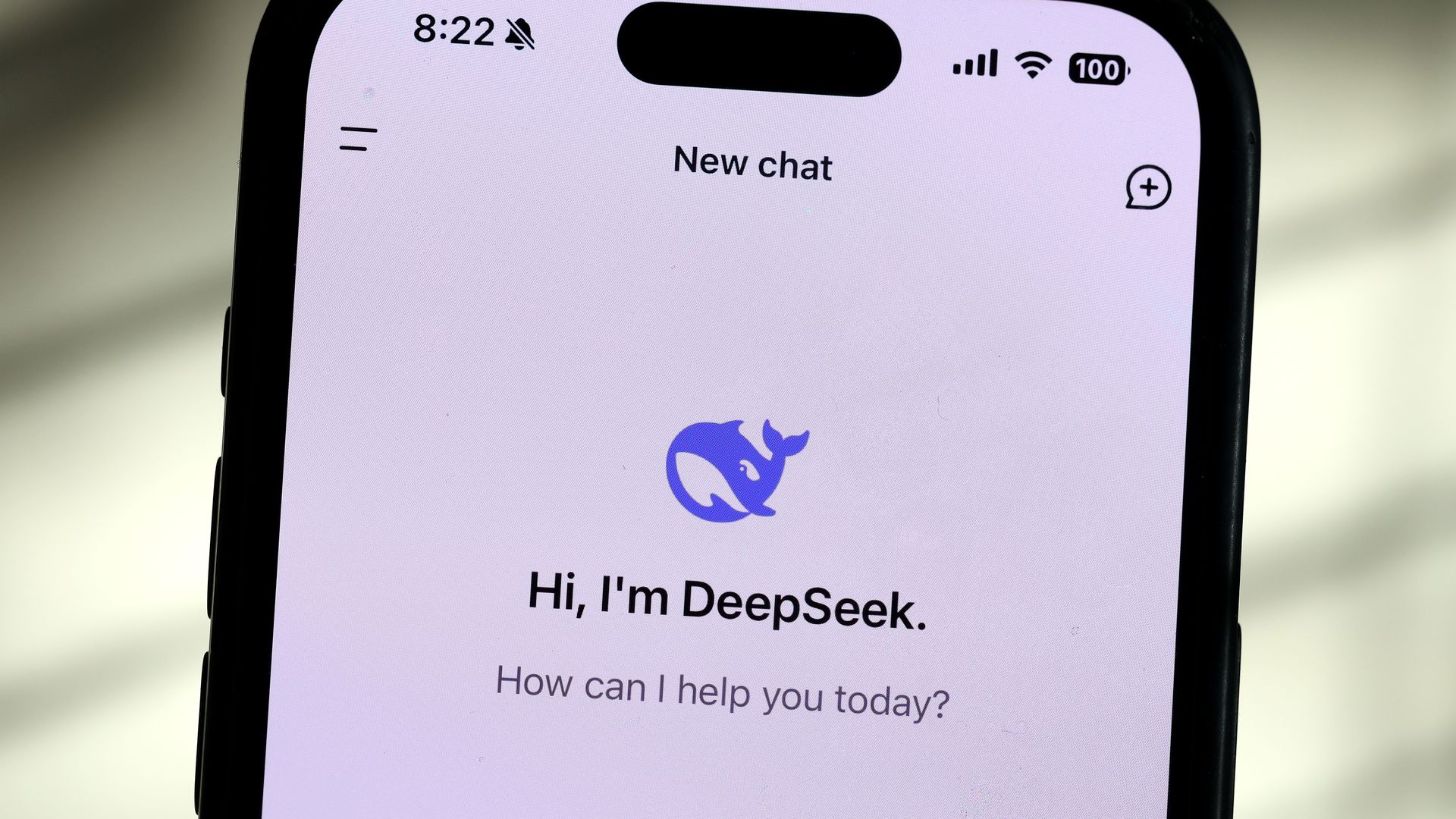Choose a DeepSeek mannequin to your assistant to start the dialog. Dependence on Proof Assistant: The system's efficiency is closely dependent on the capabilities of the proof assistant it is built-in with. A yr-previous startup out of China is taking the AI trade by storm after releasing a chatbot which rivals the efficiency of ChatGPT while utilizing a fraction of the power, cooling, and training expense of what OpenAI, Google, and Anthropic’s programs demand. This model achieves state-of-the-artwork efficiency on multiple programming languages and benchmarks. I lately did some offline programming work, and felt myself at the least a 20% disadvantage compared to utilizing Copilot. First, for the GPTQ model, you'll want an honest GPU with at the very least 6GB VRAM. Most GPTQ files are made with AutoGPTQ. It has "commands" like /repair and /test which can be cool in theory, however I’ve by no means had work satisfactorily. There are different attempts that are not as distinguished, like Zhipu and all that.
 Together, these enable quicker data switch rates as there at the moment are more information "highway lanes," that are also shorter. This disparity may very well be attributed to their coaching data: English and Chinese discourses are influencing the training information of these fashions. Why this matters - decentralized training might change a whole lot of stuff about AI policy and energy centralization in AI: Today, affect over deepseek ai improvement is set by individuals that can access enough capital to acquire enough computers to prepare frontier fashions. Self-replicating AI might redefine technological evolution, however it also stirs fears of losing management over deepseek ai china methods. GPT macOS App: A surprisingly nice high quality-of-life enchancment over using the net interface. I don’t use any of the screenshotting features of the macOS app yet. You may then use a remotely hosted or SaaS mannequin for the opposite expertise. I've been thinking about the geometric structure of the latent area the place this reasoning can occur. What if, as an alternative of treating all reasoning steps uniformly, we designed the latent space to mirror how advanced downside-fixing naturally progresses-from broad exploration to exact refinement? It excels at complex reasoning tasks, especially those who GPT-four fails at.
Together, these enable quicker data switch rates as there at the moment are more information "highway lanes," that are also shorter. This disparity may very well be attributed to their coaching data: English and Chinese discourses are influencing the training information of these fashions. Why this matters - decentralized training might change a whole lot of stuff about AI policy and energy centralization in AI: Today, affect over deepseek ai improvement is set by individuals that can access enough capital to acquire enough computers to prepare frontier fashions. Self-replicating AI might redefine technological evolution, however it also stirs fears of losing management over deepseek ai china methods. GPT macOS App: A surprisingly nice high quality-of-life enchancment over using the net interface. I don’t use any of the screenshotting features of the macOS app yet. You may then use a remotely hosted or SaaS mannequin for the opposite expertise. I've been thinking about the geometric structure of the latent area the place this reasoning can occur. What if, as an alternative of treating all reasoning steps uniformly, we designed the latent space to mirror how advanced downside-fixing naturally progresses-from broad exploration to exact refinement? It excels at complex reasoning tasks, especially those who GPT-four fails at.
The most highly effective use case I've for it is to code moderately advanced scripts with one-shot prompts and a few nudges. Specifically, we use reinforcement learning from human suggestions (RLHF; Christiano et al., 2017; Stiennon et al., 2020) to fine-tune GPT-3 to comply with a broad class of written instructions. We could be predicting the following vector but how exactly we select the dimension of the vector and how precisely we begin narrowing and the way exactly we start generating vectors which are "translatable" to human text is unclear. This mirrors how human specialists often cause: beginning with broad intuitive leaps and gradually refining them into exact logical arguments. While we lose some of that initial expressiveness, we acquire the ability to make more precise distinctions-good for refining the final steps of a logical deduction or mathematical calculation. The initial high-dimensional space provides room for that type of intuitive exploration, whereas the final excessive-precision house ensures rigorous conclusions. As we funnel all the way down to lower dimensions, we’re primarily performing a discovered form of dimensionality discount that preserves essentially the most promising reasoning pathways whereas discarding irrelevant instructions. The manifold perspective additionally suggests why this could be computationally environment friendly: early broad exploration happens in a coarse space where precise computation isn’t needed, whereas costly high-precision operations only occur in the diminished dimensional space the place they matter most.
 This suggests structuring the latent reasoning space as a progressive funnel: starting with high-dimensional, low-precision representations that steadily rework into lower-dimensional, excessive-precision ones. We construction the latent reasoning space as a progressive funnel: beginning with high-dimensional, low-precision representations that gradually remodel into lower-dimensional, excessive-precision ones. Early reasoning steps would operate in an enormous but coarse-grained area. Reinforcement Learning: The system uses reinforcement learning to learn how to navigate the search area of possible logical steps. The manifold becomes smoother and more exact, best for high quality-tuning the final logical steps. Our last solutions had been derived through a weighted majority voting system, the place the solutions had been generated by the policy model and the weights had been decided by the scores from the reward model. Perhaps extra importantly, distributed coaching appears to me to make many issues in AI policy tougher to do. There can be a lack of coaching data, we must AlphaGo it and RL from actually nothing, as no CoT in this bizarre vector format exists.
This suggests structuring the latent reasoning space as a progressive funnel: starting with high-dimensional, low-precision representations that steadily rework into lower-dimensional, excessive-precision ones. We construction the latent reasoning space as a progressive funnel: beginning with high-dimensional, low-precision representations that gradually remodel into lower-dimensional, excessive-precision ones. Early reasoning steps would operate in an enormous but coarse-grained area. Reinforcement Learning: The system uses reinforcement learning to learn how to navigate the search area of possible logical steps. The manifold becomes smoother and more exact, best for high quality-tuning the final logical steps. Our last solutions had been derived through a weighted majority voting system, the place the solutions had been generated by the policy model and the weights had been decided by the scores from the reward model. Perhaps extra importantly, distributed coaching appears to me to make many issues in AI policy tougher to do. There can be a lack of coaching data, we must AlphaGo it and RL from actually nothing, as no CoT in this bizarre vector format exists.
